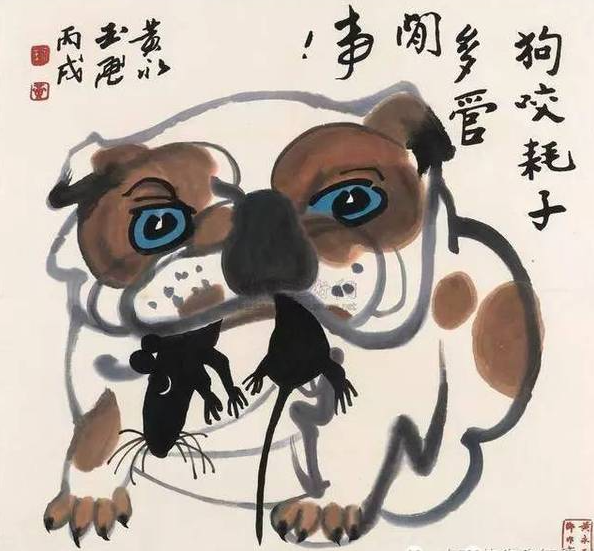The 2018 Year of the Dog
戊戌狗年
The Year of the Dog celebrates the positive attributes of the canine: loyalty, fearlessness, alertness, protection. Less admired are features of dogs that have gained metaphorical notoriety when talking about humankind, these traits include infighting, backstabbing, shit-eating, scavenging, disease and fawning.
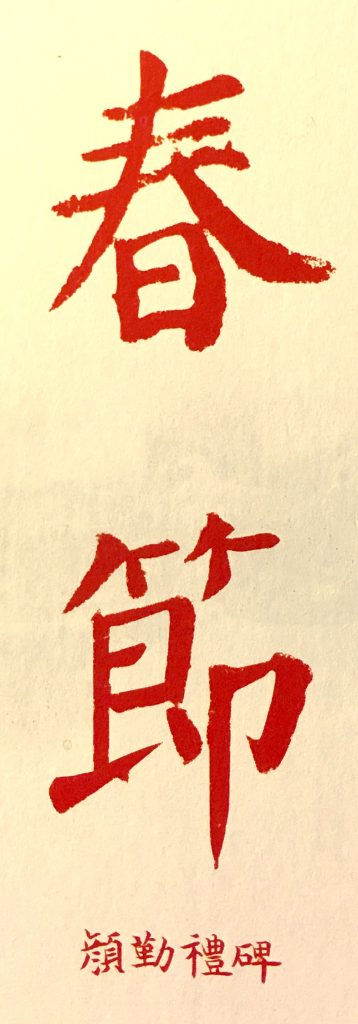
The Chinese language is replete with dog-related expressions, mostly negative. They include: 狼心狗肺,狗仗人勢,狐朋狗友,狗血淋頭,打落水狗,偷雞摸狗,兔死狗烹,人面狗心,狗眼看人,狗頭軍師.
Following the Lunar New Year on the 16th February 2018 China Heritage will feature ‘Dog Days’ a modest series of reflections on the dog consisting of essays, translations and art works. On the first day of the Year of the Dog we feature three works by the artist Huang Yongyu 黃永玉, whose work featured in China Heritage when we ushered in the 2017 Year of the Rooster (see The Year of the Rooster, On Seeing). Yongyu declared that those rooster/ hen paintings were the last he would make in a series of twelve annual depictions of China’s Zodiac Animals.
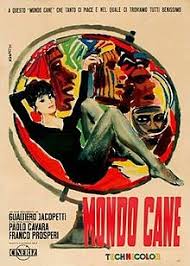
Below we feature two woodblock prints and a painting. One, which marked the 1993 Year of the Dog, was given by the artist to friends. The second was made three decades earlier as China fitfully recovered from the horrors of the 1958 Great Leap Forward, also a Year of the Dog. The year 1962 might have offered momentary relief from the relentless politics of the Maoist era, but it also signaled a new stage in the cretinisation of the nation; during that year army began formulating a nationwide movement to ‘Learn from Comrade Lei Feng’ 向雷鋒同志學習, the mindlessly loyal student of Mao Zedong celebrated as a martyr after having been felled in an accident. Not long after the campaign began in mid 1963, one for which he made ‘A Portrait of Lei Feng’, Huang Yongyu started ‘Animal Crackers’ 罐齋雜記, a series of images paired with satirical aphorisms that contributed to his being denounced and beaten at the start of the Cultural Revolution in 1966 (see A Can of Worms). The third painting was made for the 2006 Year of the Dog.
***
In 1962, just as Lei Feng died for the cause in China, the film Mondo Cane (literally ‘Dog’s World’, also known in North America by the title Tales of the Bizarre: Rites, Rituals and Superstitions) was released internationally. It starts with a scene of a dog being led into a dog pound full of barking dogs.
Yongyu’s connections to Mao were complex. He was involved in the design of mural at the Mao Mausoleum in the heart of Tiananmen, and his story was used by the screen writers Bai Hua 白樺 and Peng Ning 彭寧 in the 1980 film ‘The Sun and Man’ 太陽和人 (aka ‘Unrequited Love’ 苦戀). The story ends controversially with the much-maligned artist expressing doubts whether the Motherland, for which he has sacrificed so much, loves him return. The film version shows the dying artist draw a large question mark in the snow. In 1981, despite being well received during a limited release, the film was denounced on ideological grounds; this was the first mini-cultural purge since Mao Zedong’s death in September 1976.
Uncertain loyalties then, shifting alliances, backbiting and bitchiness all feature in today’s Mondo Cane, a Year of the Dog in a dog-eat-dog world.
— Geremie R. Barmé,
Editor, China Heritage
First Day of the
First Month of 2018
Wuxu Year of the Dog
戊戌狗年正月初一
16 February 2018
***
The Year of the Dog in China Heritage
- The Editor, Mondo Cane, The Year of the Dog 2018 戊戌狗年, China Heritage, 16 February 2018
- Don J. Cohn, A Pride of Pekingese — Dog Days (I), China Heritage, 18 February 2018
- Pu Songling, The Dog Lover — Dog Days (II), China Heritage, 24 February 2018
- Lee Yee and The Editor, The Real Man of the Year of the Dog — Dog Days (III), China Heritage, 2 March 2018
- The Editor, Objecting — Dog Days (IV), China Heritage, 5 March 2018
- Lois Conner, Foo Dog-Lions — Dog Days (V), China Heritage, 16 March 2018
- Pu Songling, The Midget Hound — Dog Days (VI), China Heritage, 11 May 2018
- Frank Hersey, 事兒狗福狸 Bad Dog! — Dog Days (VII), 14 June 2018
- Liu Xiaobo, Yesterday’s Stray Dog 喪家狗, Today’s Guard Dog 看門狗 — Dog Days (VIII), China Heritage, 4 January 2018
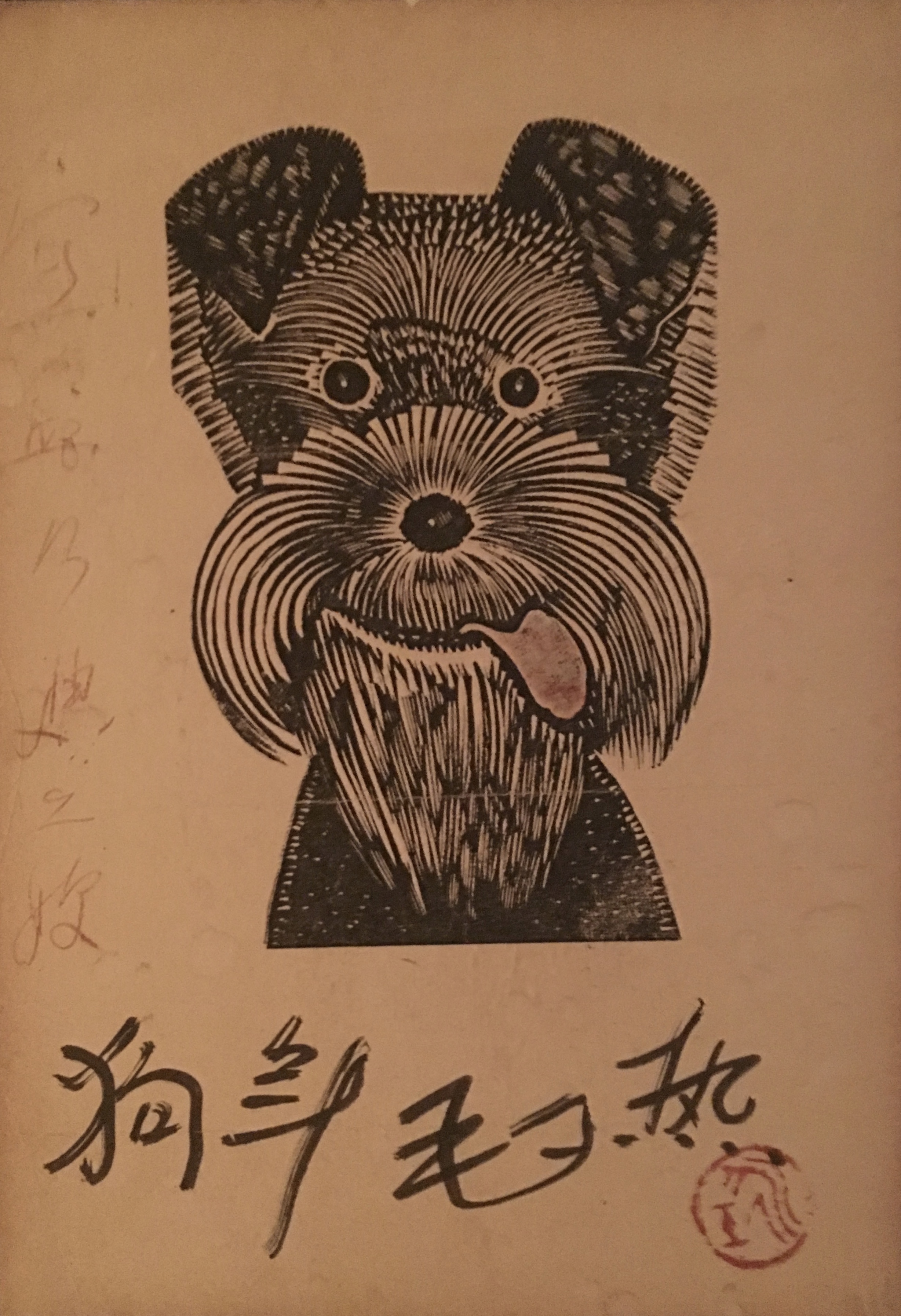
This Huang Yongyu’s 1993 Year of the Dog woodblock image, reproduced here, was originally given by the artist to Hsien-yi and Gladys Yang, the prominent translators (see The People’s Republic of Wine, China Heritage Quarterly, Issue 25, March 2011).
The year 1993 was popularly known as a time of ‘Mao Fever’ 毛熱, when a spontaneous, unofficial cult of Mao Zedong developed in the wake of the bloody events of 1989 and the crushing of mass anti-government protest (see, for example, my Shades of Mao: the posthumous cult of the Great Leader, 1996.)
Many commentators, and participants, had focussed on the protest movement as being about freedom, democracy, free speech, freedom of association and opposition to one-party rule and its gerontocracy. Overlooked were workers’ protests that targeted the economic reforms; they were anti-globalisation and nationalistic in tenor. These protesters often held aloft portraits of Mao Zedong. Later, the Chinese party-state would suborn this kind of mass resentment and direct it outwards.
Yongyu’s woodcut carries the legend: 狗年毛熱. His play on words is a nod-and-wink related to the Mao Fever of the time, but it also means ‘Hot Dog’ or ‘Hot Fur’ in the Dog Year (although the American hotdog is called 熱狗 in Chinese). The artist has written the words so that they can also be read: 狗年毛不熱. That is, ‘No Fever for Mao in the Year of the Dog’. This work also recalls the famous woodblock work below that Huang did of Lei Feng in 1963. Lei was promoted as a model for the nation during the upsurge of Maoism thirty years before the 1993 year of unofficial Mao Fever.
***
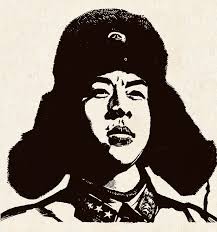
***
